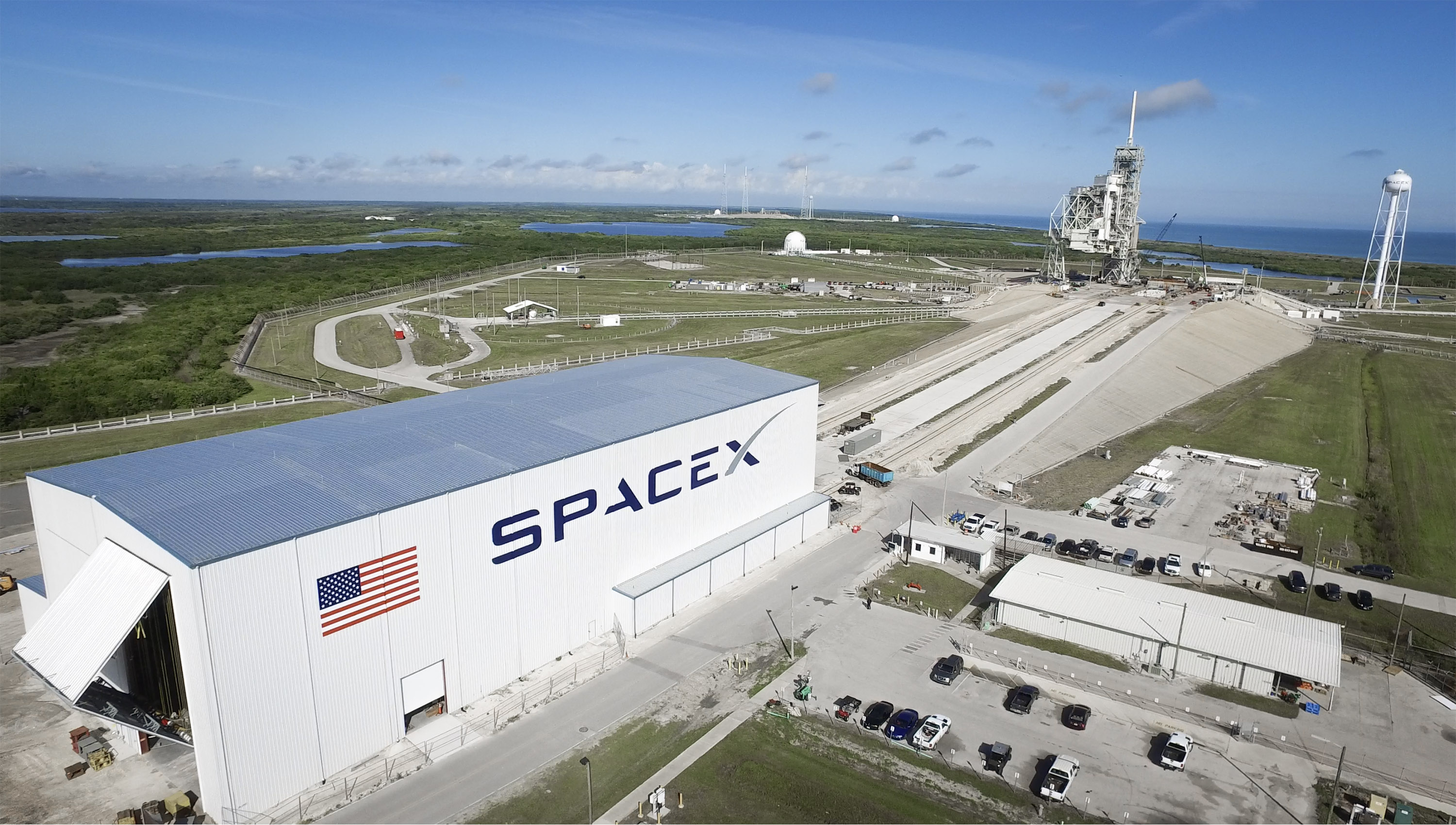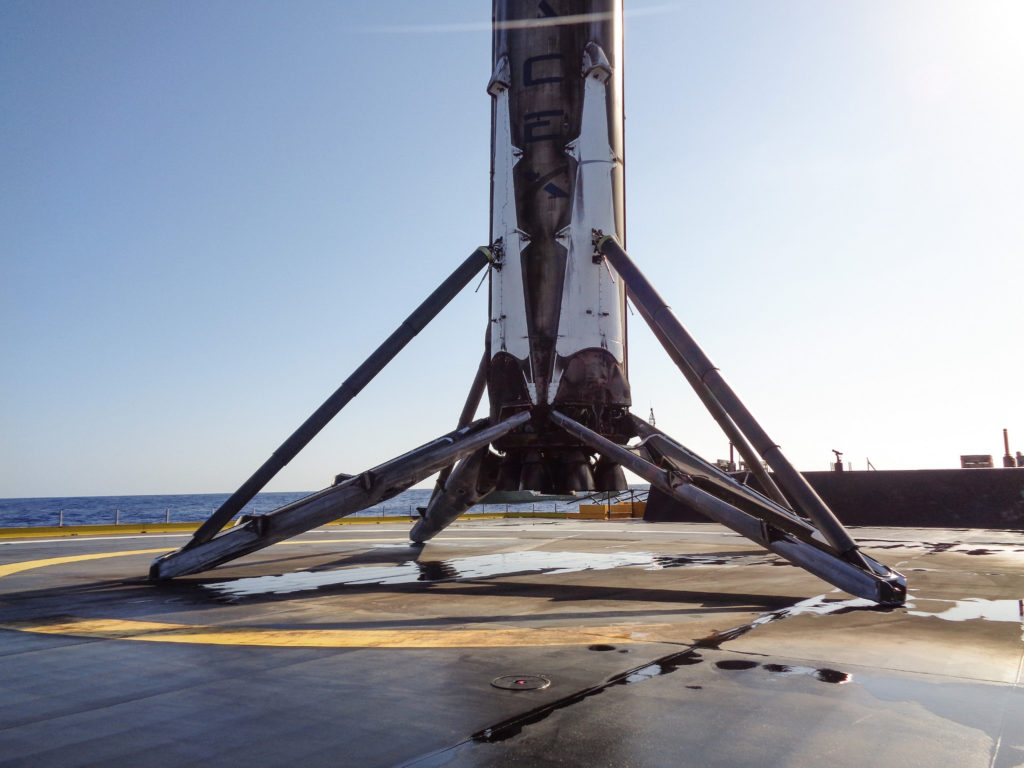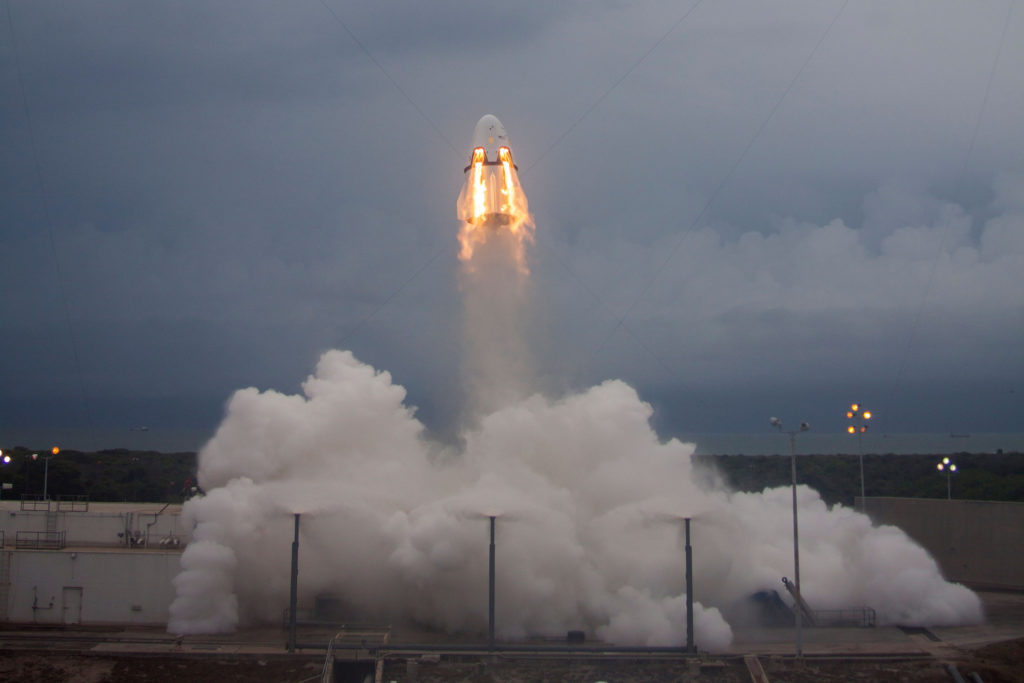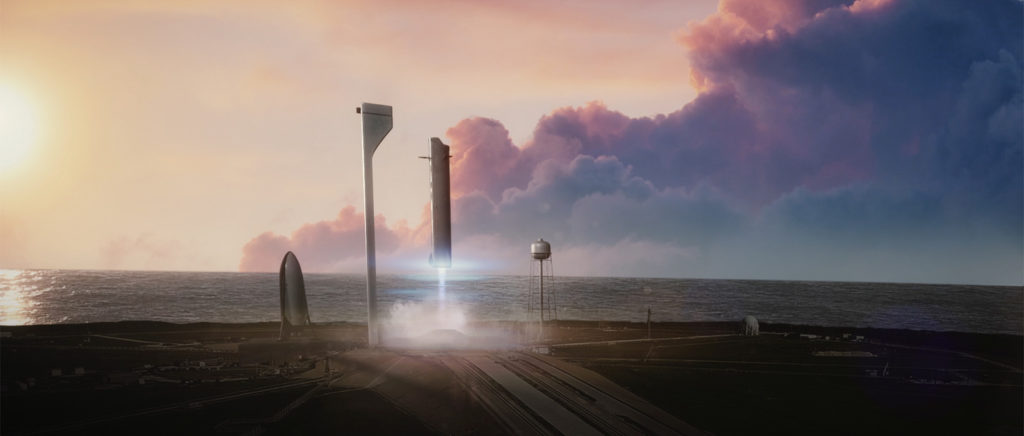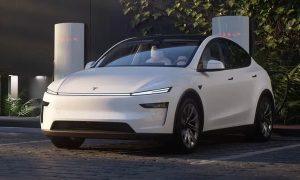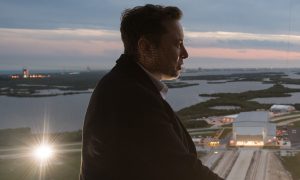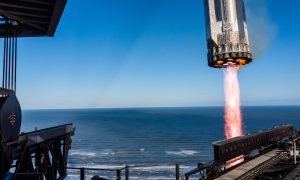On December 21, 2016, SpaceX celebrated the one-year anniversary of Falcon 9’s first ever successful stage one landing, leaving their mark on history with the first rocket to ever do so after delivering a payload into orbit. The mission delivered 11 ORBCOMM satellites into low-Earth orbit to complete a 17-satellite constellation network.
Several videos were published with footage of the event last year, but National Geographic gave us a behind-the-scenes look at Elon Musk’s emotional ride while it was happening as an anniversary treat.
The first landing anniversary wasn’t the only thing to come out of 2016, however, and what a year it was!
MORE HISTORIC SPACEX LANDINGS
On April 8, 2016, SpaceX made history again, that time by landing Falcon 9’s first stage booster onto the “Of Course I Still Love You” autonomous droneship in the Atlantic Ocean off the Florida coast. The mission’s payload was a Dragon capsule cargo shipment to the International Space Station (“ISS”) named CRS-8, itself containing an important space technology demonstration for expandable habitats. The Bigelow Expandable Activity Module (“BEAM”) carried in the Dragon capsule was later successfully docked to the ISS and inflated as planned.
On May 5, 2016, SpaceX landed yet another first stage booster on drone ship “Of Course I Still Love You”, but the destination of its payload was geostationary transfer orbit (“GTO”), about 36,000 kilometers above the Earth vs. the 160 to 2000 kilometer height of low-Earth orbit previously achieved before a landing. The higher GTO orbit brought the first stage of Falcon 9 to a much faster speed and higher reentry heating than the previous missions, making the successful landing yet another one for the history books. Its payload was the JCSAT-14 commercial communications satellite.
Another successful GTO mission with a droneship landing was completed on May 27, 2016, and its THAICOM-8 payload was then delivered to a supersynchronous transfer orbit of 91,000 kilometers high. The third time broke the charm, however, and on June 15, 2016, after a successful insertion of Eutelsat 117 West B and ABS-2A satellites into GTO, the Falcon 9 first stage was lost due to early engine shutdown from lack of fuel.
Looks like early liquid oxygen depletion caused engine shutdown just above the deck pic.twitter.com/Sa6uCkpknY
— Elon Musk (@elonmusk) June 17, 2016
Undeterred, SpaceX successfully landed one more booster on August 16, 2016 during its JCSAT-16 mission to GTO. “Of Course I Still Love You” was the droneship used once again.
First stage landing confirmed on the droneship. Second stage & JCSAT-16 continuing to orbit https://t.co/tdni5406Hi pic.twitter.com/h6llIXSVu7
— SpaceX (@SpaceX) August 14, 2016
A FEW SETBACKS FOR SPACEX
September 1, 2016 is a day that will potentially live in both conspiratorial and procedural dispute infamy due to SpaceX’s launch pad anomaly during its fueling process. Whether the description of choice of the event is “fast fire”, “explosion”, or “fireball”, the result was the same: a complete loss of the Falcon 9 rocket, its payload, and the ability to use Space Launch Complex 40 in the near future.
Still working on the Falcon fireball investigation. Turning out to be the most difficult and complex failure we have ever had in 14 years.
— Elon Musk (@elonmusk) September 9, 2016
The AMOS-6 satellite aboard the rocket was owned by Israel-based Spacecom Ltd. and had been part of a $95 million dollar leasing deal between Facebook and Eutelsat to provide internet access to the non-connected parts of the world.
Per SpaceX’s last update, the investigation and FAA report on the anomaly are still pending and have focused on a breach in the loading of the cryogenic helium system of the 2nd stage liquid oxygen (“LOX”) tank.
Loss of Falcon vehicle today during propellant fill operation. Originated around upper stage oxygen tank. Cause still unknown. More soon.
— Elon Musk (@elonmusk) September 1, 2016
Falcon 9 isn’t expected to return to flight until January 2017 now that the launch with the Iridium-1 satellite payload was delayed from the tentative December 16th date. The FAA report must be completed prior to further launch approvals. The chain reaction of delayed launches has only cost the loss of one SpaceX customer to another launch provider thus far.
Due to extensive damage to Space Launch Complex 40 from the anomaly, future launches from the east coast will take place from historic Apollo-era Launch Complex 39A. SpaceX has been renovating the pad for Falcon Heavy launches. Also resulting from the anomaly was a delay in the first Falcon Heavy launch to early 2017.
SPACEX PUSHES ONWARD
Throughout 2016, SpaceX continued to work on its Crew Dragon capsule as part of its competition with Boeing to provide human flight capabilities from American soil via NASA’s Commercial Crew Program. The tentative test launch date for the capsule was set for late 2017, but unfortunately, it was pushed back into May of 2018. Earlier in the year, Boeing also delayed its launch date to August 2018.
ELON MUSK REVEALS SPACEX’S MARS PLAN
Finally, at the end of September, Elon announced SpaceX’s plan to put a million people on Mars by the 2060s via its Interplanetary Transport System, also affectionately named BFR (“Big F*ing Rocket”).
Full Interplanetary Tranport System presentation in ~30 mins. Simulation preview: https://t.co/lKAxabzfKX
— Elon Musk (@elonmusk) September 27, 2016
A video was released prior to the September 27th, 2016 International Astronautical Conference announcement in Guadalajara, Mexico illustrating the full system concept. The animation was based on the actual CAD renderings in development, per Elon’s talk.
Plenty of goodies were revealed about SpaceX’s plans including the passenger habitat, entertainment intentions for travelers, and technical specifications surrounding the system’s size, engines, and fuel systems. While the presentation itself was exciting, many questions were still left unanswered such as more specifics on radiation dangers and the long-term effects of microgravity.
SUMMARY
Overall, 2016 brought a rollercoaster of successes and setbacks for SpaceX, but the business of rocket launching wasn’t expected to be an easy one. The phrase, “Rockets are hard” isn’t a simple excuse to explain away failures, but rather an accepted cost of being in the field.
Throughout the year, SpaceX has managed to maintain public and government faith in its mission to advance human space exploration despite any setbacks. In July, NASA ordered a second commercial crew mission from the company, and then they followed up in November with a contract to launch an Earth surface-water-analyzing satellite in 2021.
SpaceX also received a number of recognitions for its work environment and achievements, including making Glassdoor’s Top 50 Places to Work and being awarded the 2016 World Technology Award for space.
Oh, and if it seems all that isn’t enough for SpaceX to have on its plate, in November the company filed a request with the FCC to launch over 4,000 communication satellites as part of their goal of building a hi-speed satellite internet constellation.
There’s a lot to look forward to in 2017 and beyond. Onwards!

